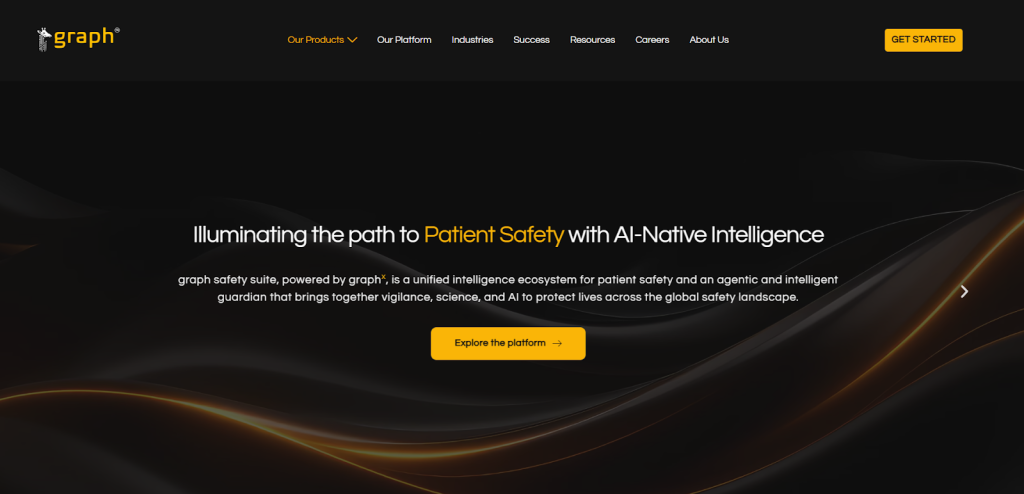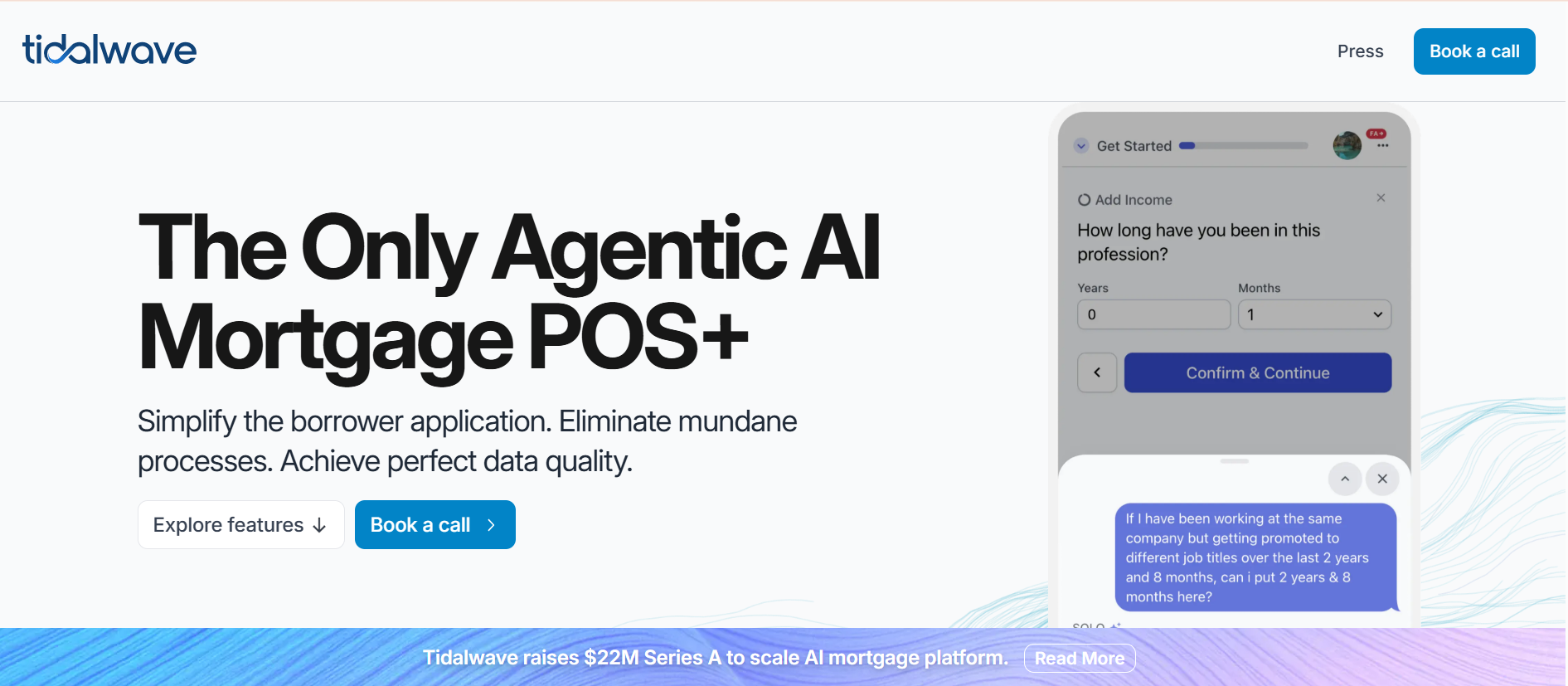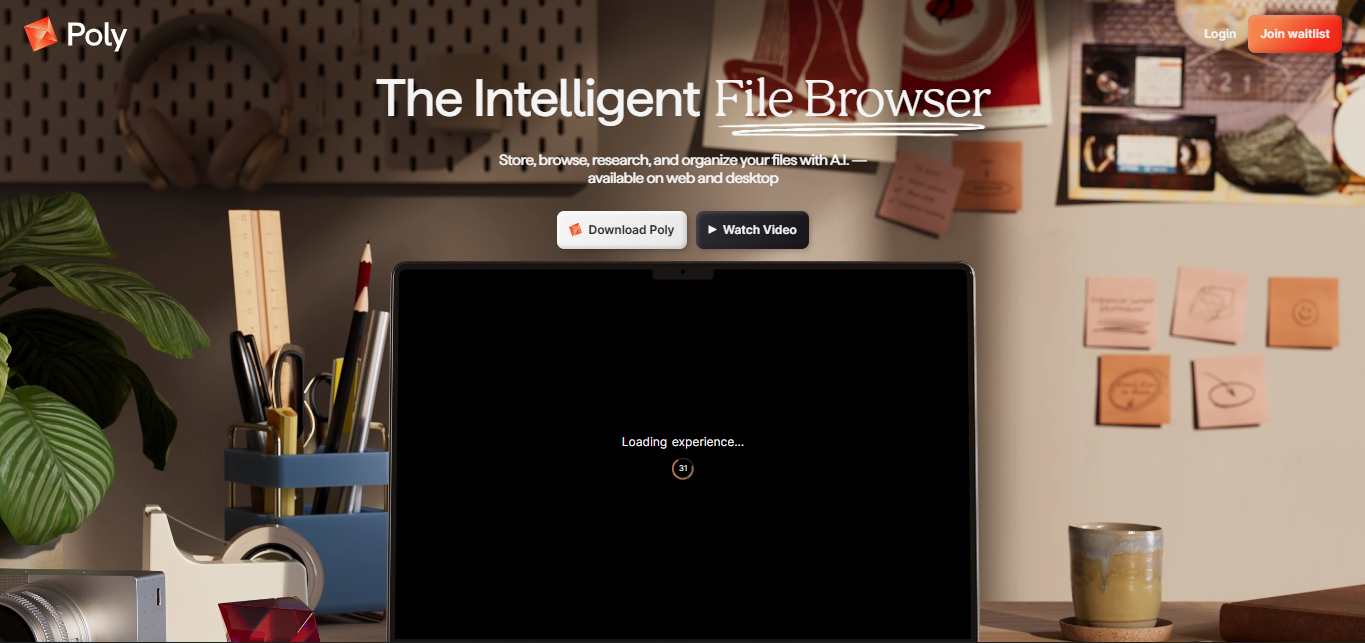Graph AI Raises $3 Million Seed Round to Redefine the Future of Enterprise Intelligence
October 23, 2025
byFenoms Start-Up Research

Graph AI, an emerging innovator in enterprise data intelligence, has raised $3 million in seed funding led by Bessemer Venture Partners. The funding marks a crucial inflection point for the company as it pioneers a new category of data understanding - one that goes beyond simple analytics to map the complex web of relationships that drive modern business.
Led by Raghavendra Parvataraju, Graph AI’s mission is to empower enterprises to make decisions that are not only faster but fundamentally smarter. By leveraging graph-based machine learning, the startup transforms traditional datasets into interconnected intelligence, uncovering patterns that static dashboards often miss.
Building Context into Enterprise AI
Most organizations sit atop oceans of disconnected data. CRM logs, transaction records, supply chain inputs, and customer interactions all exist in silos. Graph AI’s technology breaks through these boundaries by creating a graph representation - a dynamic map of how entities, actions, and outcomes relate to one another.
This approach allows businesses to see connections that were previously invisible - whether that’s a subtle relationship between customer churn and regional sales patterns, or how supplier reliability affects product performance downstream. It’s a shift from reactive analytics to proactive insight, a transformation every enterprise leader is racing to achieve.
The newly raised $3 million seed funding will allow Graph AI to scale its proprietary platform, hire top-tier data scientists and engineers, and accelerate integrations with major enterprise ecosystems. For Bessemer Venture Partners, backing Graph AI represents a bet on the next paradigm in enterprise intelligence - one that prioritizes context over quantity.
From Data to Decisions
Traditional AI models are excellent at pattern recognition but often fail to understand relationships - the “why” behind the data. Graph AI bridges that gap. By capturing connections and causality, it provides decision-makers with explanations, not just predictions.
For industries like finance, logistics, and healthcare, this technology could prove revolutionary. Imagine a hospital using graph learning to trace complex cause-and-effect chains across thousands of patient variables, or a financial institution mapping the hidden links between portfolio risks.
The result is clarity - a form of decision intelligence that feels almost intuitive. And in a world drowning in data, clarity is currency.
Where Founders Win: The Graph Mindset
Graph AI’s rise isn’t just a story about technology. It’s a story about how founders think. The company’s model embodies a principle that applies far beyond data science - value emerges not from the nodes, but from the connections.
In startups, this truth is equally powerful. Many founders focus on building individual features, metrics, or partnerships. But real leverage - the kind that creates category-defining companies - comes from connecting them. The same way Graph AI maps relationships between data points, great founders map relationships between ideas, people, and timing.
Here’s the ultra value drop: the world doesn’t reward accumulation; it rewards integration.
It’s not how many tools your company builds - it’s how elegantly they work together. It’s not how many investors you have - it’s how aligned they are to your mission. And it’s not how many hires you make - it’s how each hire amplifies the others.
Graph AI’s approach mirrors this exact philosophy. Instead of treating data as isolated points, it builds systems that make those points interact. That’s the same shift founders must make to scale from product to platform, from early traction to enduring impact. Integration isn’t just a strategy - it’s the architecture of momentum.
The Architecture of Insight
At the technical core of Graph AI’s platform lies an advanced knowledge graph engine that continuously learns from enterprise data streams. The system identifies new relationships and self-updates its understanding as fresh information arrives.
This adaptive architecture makes Graph AI’s insights not just accurate, but alive. It moves in sync with the business, capturing evolving patterns without the need for constant retraining or manual data engineering. For enterprises, this means decisions that are perpetually informed by the latest context - a major leap from static business intelligence.
Scaling Toward a Data-Literate Enterprise Future
The seed funding will also enable Graph AI to expand its commercial footprint across global enterprises and strengthen its partnerships in the AI research ecosystem. As AI adoption becomes ubiquitous, organizations increasingly recognize that data literacy is no longer a competitive advantage - it’s a survival skill.
Graph AI is positioning itself as the infrastructure layer for that literacy. By helping teams visualize and navigate complex relationships across data ecosystems, the company is building a future where decision-making feels less like guesswork and more like guided intuition.
A Founder’s Lesson in Systems Thinking
For founders, Graph AI’s trajectory offers a subtle but critical lesson. Growth rarely comes from doing more - it comes from understanding more deeply. When you build systems that think relationally, you move beyond incremental optimization into exponential insight.
That’s how ecosystems - and companies - compound. The founders of Graph AI have shown that when technology learns to think in connections, it doesn’t just solve problems; it reframes them entirely. And that’s the hallmark of enduring innovation - not reacting to the future, but re-architecting it.









